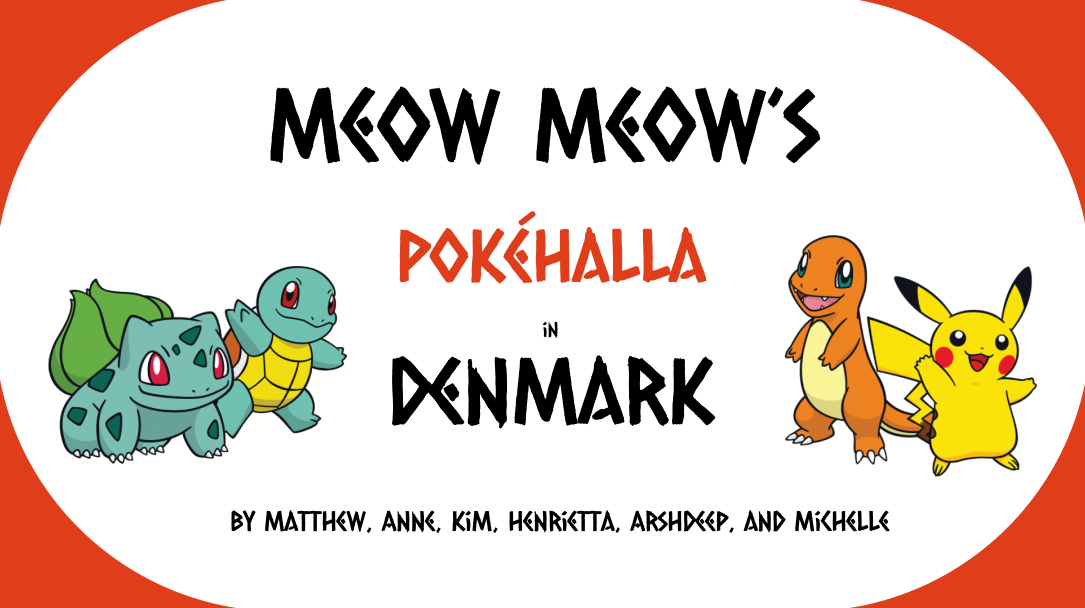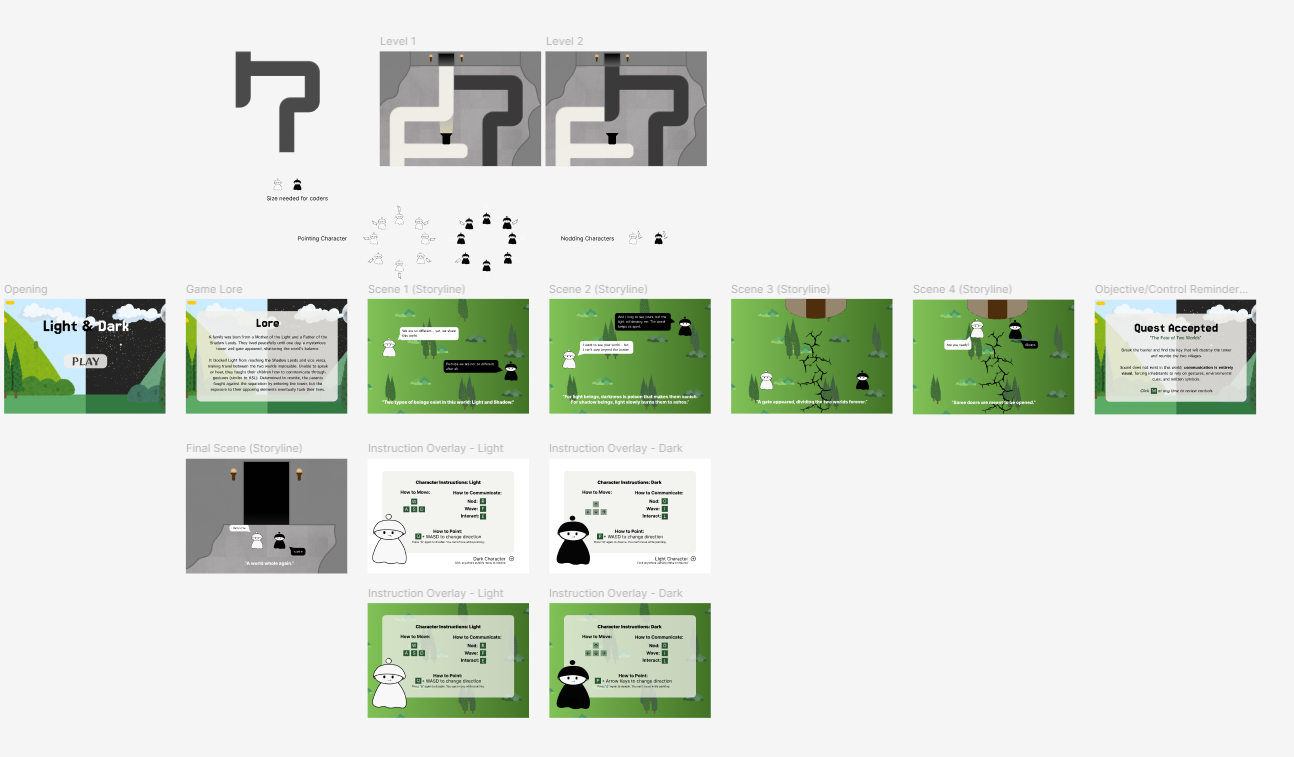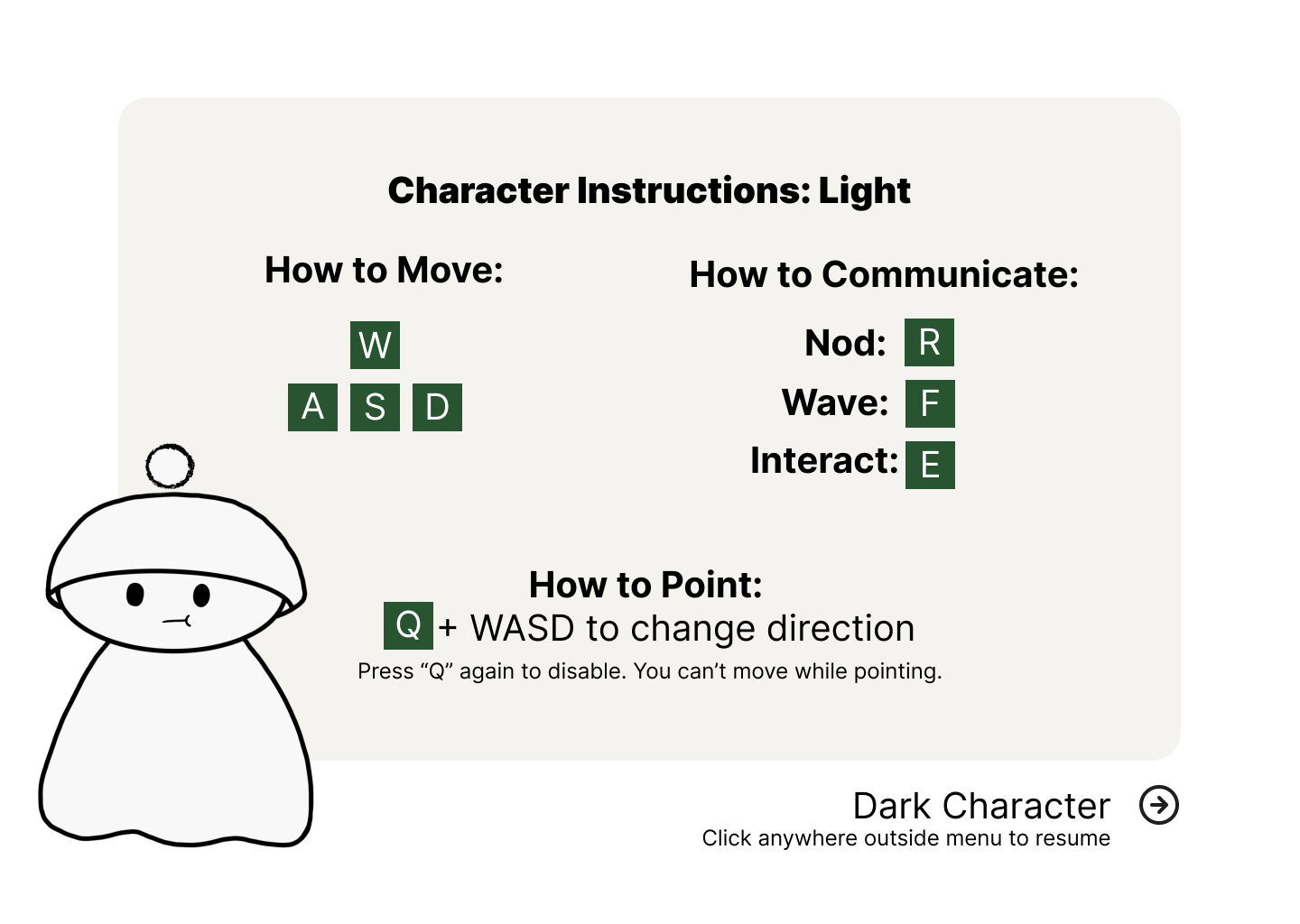Poképark Denmark’s Pokéhalla
Team Braviary
Pokémon and amusement parks? Who? Where? When? What? How?
Watch the presentation here.
How might we market a Pokémon-themed experience in an amusement park in Denmark?
In a group with Matthew Best, Michelle Cheng, Ashu Shienh, Henrietta Van Niekerk, and Anne Gaviola, we conducted market research, a trend analysis, a competitive analysis, a target market analysis, created a customer and consumer journey map, our positioning, product, price, place, promotion, and metrics.
Gathering Information
There were 5 group members, each of them playing an important role.
Research and Analysis - Kelly Lu
Research the chosen disability in a global context, identify its challenged or adaptation, and integrate the research into the game mechanics
Game designer - Lila Hoang
Conceptualize the core gameplay mechanics, design the structure and flow of the levels
Programmers - Sophie Wang, Eileen Gu
Implement the game mechanics and core functionality for the 3 levels and debug the code
Visual Designer - Naewon Eo
Create visual assets, design the levels
Project Manager - Kim Mai
Oversee the project, support group members, facilitate communication, manage files, and submit the projects
Part 2 - High-Fidelity Prototype
Then, we presented our low-fidelity prototype to the class, gathered feedback, and implemented them.
What kinds of changes were made?
Fixed various bugs (ex. levels not completed and going to the next, player being able to move off expected path)
Prompted the users to use gestures
Showed more research in the game
Kept the light mechanics
Added more tutorials/visual aids for game mechanics
Lila Hoang’s storyline draft
Promotional Material
What did we do?
Started all components
Completed research and team charter
Created a basic skeleton of the layout, interaction flow, and visual design
Completed the first draft of the layout, interaction flow, and visual design (start screen, character designs, backgrounds, levels and final scene) on Figma
Conduced internal play testing and improvement of layout, interaction flow and visual design
Rough draft of our first iteration of the game after planning
Screen showing player what mechanics to use
The Outcome
This project was very difficult. Even though we had AI to help us with the skeleton code, there were still issues that arose and needed multiple brains to solve. The outcome was very rewarding, we are proud of our product. Implementing mechanics so that players can complete the game without speaking or hearing inspired us to think outside the box and find other methods of communication. Communication goes beyond sound.



